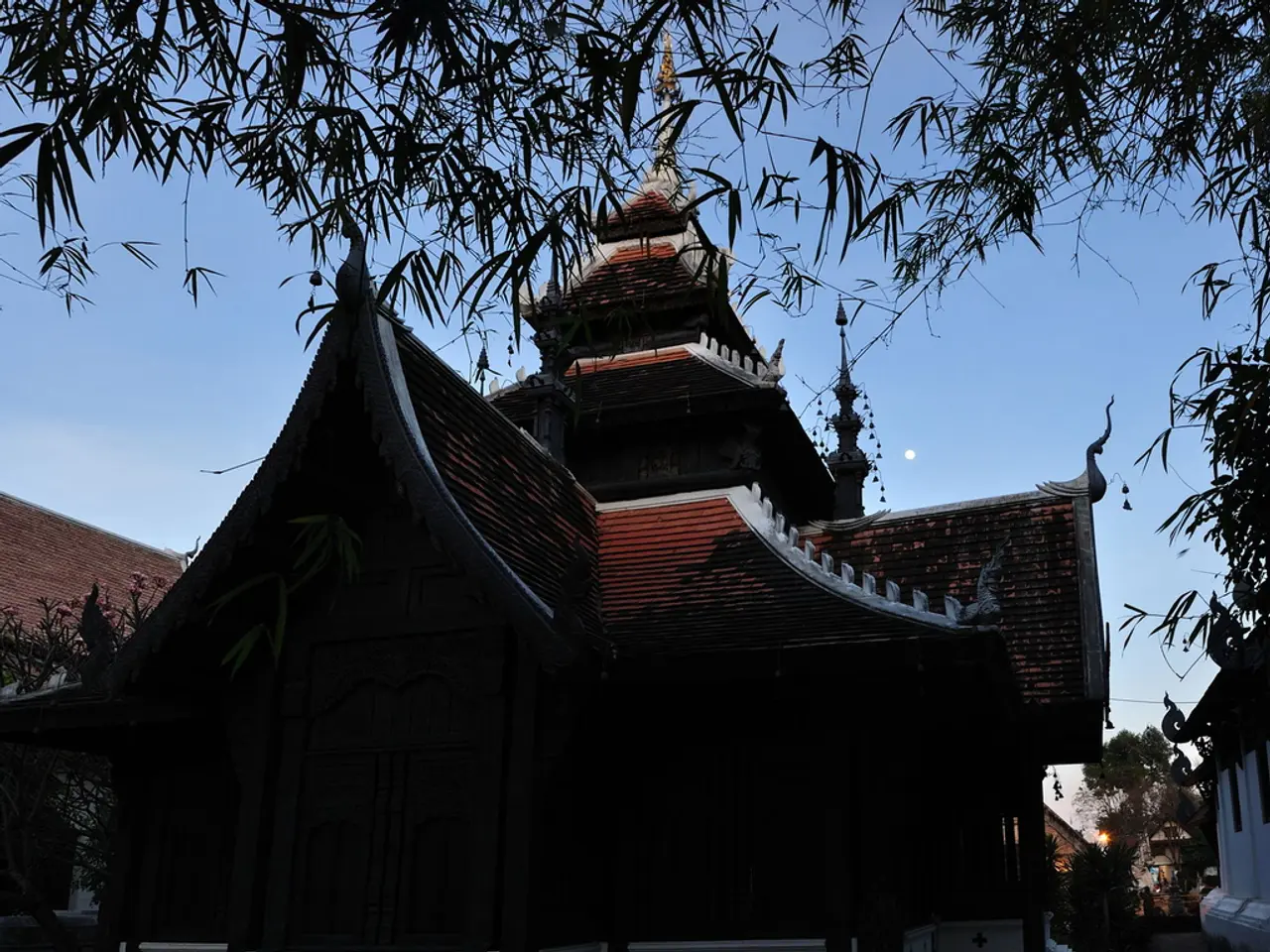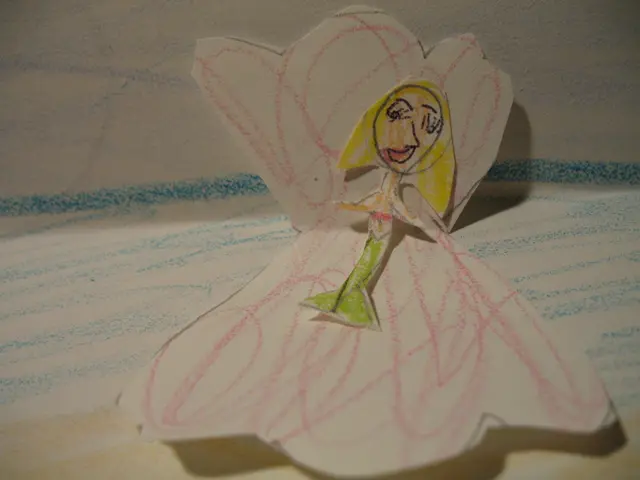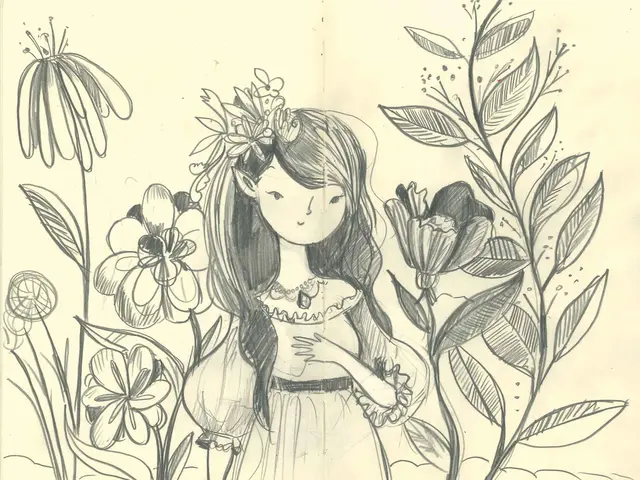Ancient Chinese Penjing Art: A Source of Inspiration for Bonsai's Visual Aesthetics
Chinese Penjing, an ancient art form dating back over two millennia, captivates audiences with its intricate miniature landscapes that beautifully blend nature and artistry [3][4]. This art form, rooted in Taoist religious practices and philosophies, has left an indelible mark on bonsai history, inspiring a new wave of bonsai masters to push the boundaries of this ancient art form.
### Origins and History
The origins of Penjing can be traced back to China, where Taoist monks cultivated trees in trays to replicate natural scenes, emphasising harmony between nature and artistry [4]. The art emerged as a unique expression of the Chinese cultural landscape, where the pursuit of balance and harmony with the natural world was paramount.
### Principles of Penjing
Penjing emphasises naturalism and balance, capturing the essence of a natural landscape or tree within a confined space [3][4]. Each element in a Penjing composition holds symbolic meaning connected to Taoist and Chinese philosophical thought. It is, in essence, not merely horticulture but an art form blending poetry, painting, and sculpture into living landscapes.
### Influence on Bonsai
Penjing is widely recognised as the precursor to Japanese bonsai, where the art spread and evolved with its own refined aesthetic [1][3]. While penjing often depicts entire landscapes and includes multiple elements, bonsai tends to focus more on single trees with stylized shapes. The Japanese adapted and distilled the principles of penjing into bonsai, which gained distinct methodologies but kept the foundational idea of miniaturising trees for artistic contemplation [1][3][4].
### Contemporary Preservation Efforts
Institutions like the National Bonsai & Penjing Museum play a crucial role in preserving and showcasing the heritage of penjing and bonsai [5]. Caretakers engage in patient, daily work to nurture ancient specimens, such as the celebrated 400-year-old Yamaki Pine bonsai, highlighting the traditional values of dedication and mindfulness integral to this art [5]. With growing global interest in maintaining these traditions against the backdrop of a fast-paced modern world, Penjing and bonsai remain living links to cultural and artistic history [5].
In summary, Chinese Penjing began as a philosophical and artistic practice over two millennia ago, deeply rooted in Taoism, evolving into a complex form of naturalistic miniatures. It profoundly influenced the development of Japanese bonsai, and today, its preservation is maintained through dedicated care and institutional support that uphold its historic and cultural significance [1][3][4][5].
Chinese Penjing compositions are often intended to be temporary, evolving with the seasons and allowing for creative reinterpretation. Each component in a Penjing composition is carefully considered to create a unified whole that reflects the balance and interconnectedness of nature. The careful selection of rocks, moss, and other natural elements adds texture and visual interest to the composition, while the use of negative space creates a sense of depth and breadth, drawing the viewer's eye to the focal points of the composition.
While requiring patience and dedication, Chinese Penjing can be learned by beginners through guided practice, online resources, and hands-on experience. The placement of bonsai trees is critical, as they provide the vertical element that anchors the composition and creates a sense of scale. The overall effect is one of serenity and contemplation, inviting the viewer to step into the miniature world and experience the beauty of nature in a new and intimate way. As an art form that continues to evolve, Chinese Penjing showcases the power of art to capture the human experience, inviting contemplation and wonder, and serving as a serene and enchanting reflection of nature's beauty.
Here are two sentences that follow from the provided text and contain the given words:
- After learning about Chinese Penjing and its influence, a growing interest in exploring other art forms such as lifestyle, home-and-garden, and gardening might be sparked among enthusiasts, as they seek to appreciate and create similar forms of miniature landscapes inside their homes.
- In the realm of contemporary art and culture, Chinese Penjing and bonsai art continue to resonate not just within the science community but extend to various aspects of lifestyle, including home decor and garden design, due to their aesthetic and philosophical implications.




